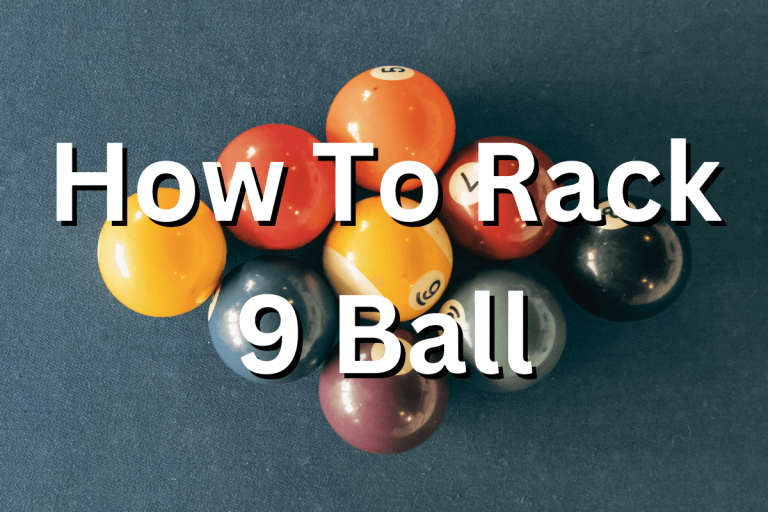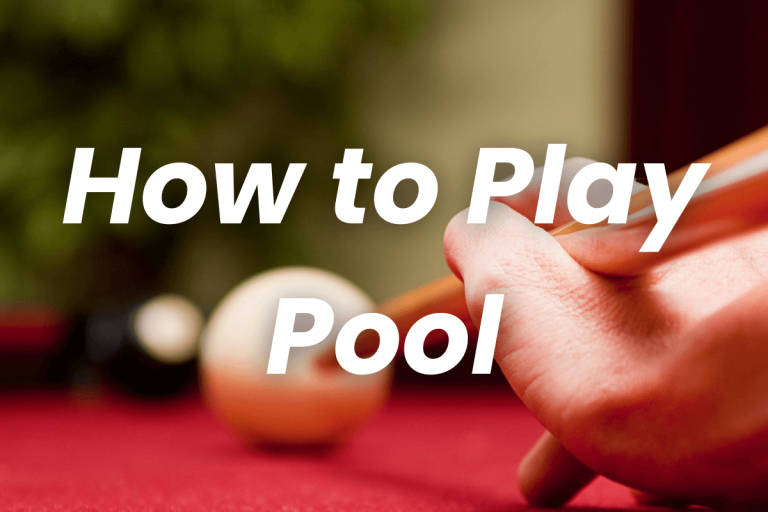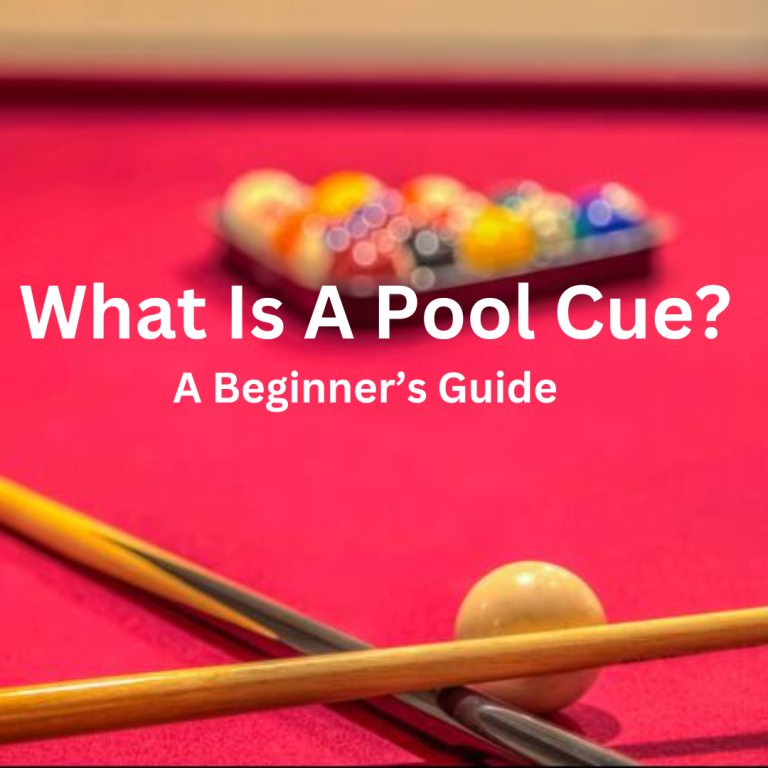Snooker vs Billiards | Different Rules (2024)
Cue sports, encompassing a range of games like Snooker and Billiards, are cherished worldwide for their strategic depth and skillful play. Each game, while sharing the use of cues and balls on a table, has its own unique set of rules, techniques, and cultural significance. Understanding the differences between Snooker and Billiards is crucial for both enthusiasts and aspiring players. It not only enhances appreciation for the intricacies of each game but also aids in choosing which game might suit one’s interests and playing style. This distinction also enriches the spectator experience, offering deeper insight into the strategies and skills displayed in professional matches.
Snooker vs Billiards
Snooker’s Historical Background
Snooker originated in the latter half of the 19th century among British Army officers stationed in India. Sir Neville Chamberlain, stationed in Ooty, Tamil Nadu, is credited with formalizing the game in 1875. He merged the rules of Black Pool and Pyramids, two popular billiard games of the time, to create Snooker. Initially a pastime for military officers, it gained popularity in England and eventually worldwide. Its growth was propelled by the establishment of official tournaments, with the World Snooker Championship debuting in 1927, cementing Snooker as a competitive sport.
Billiards Historical Background
Billiards, in contrast, has a more ancient lineage, tracing back to the 15th century in Northern Europe. It began as a lawn game similar to croquet, and over time, moved indoors and onto a table. The term “billiard” is believed to have derived from the French words ‘billart’ (mace) and ‘bille’ (ball). The game evolved over centuries, with variations like carom billiards and pocket billiards (or pool) emerging. By the 19th century, billiards had become a popular leisure activity in Europe and America, with the development of standardized rules and equipment.
Evolution of the Games Over Time
Both games have evolved significantly. Snooker has seen changes in rules, equipment, and formats, becoming a global sport with a massive following, especially in countries like the UK and China. Billiards, with its many variants, has also transformed rules and playing styles, adapting to different cultures and preferences. The evolution of cue sports has been marked by technological advancements in equipment, increased professionalization, and the establishment of international governing bodies, contributing to their enduring popularity and competitive spirit.
Basic Rules and Gameplay of Snooker and Billiards
Fundamental Rules of Snooker
Objective: Snooker is played on a rectangular table with 15 red balls, 6 colored balls (yellow, green, brown, blue, pink, black), and a white cue ball. The objective is to score points by potting the balls in a specific sequence.
Gameplay: Players take turns, and a turn consists of striking the cue ball to pot other balls. Each colored ball has a different point value (red – 1, yellow – 2, green – 3, brown – 4, blue – 5, pink – 6, black – 7).
Break Building: Players aim to pot a red ball followed by a colored ball. Once all reds are potted, they pot the colored balls in ascending order of their value.
Fouls: Fouls can occur for various reasons like failing to hit a ball, potting the cue ball, or hitting balls out of sequence, resulting in penalty points to the opponent.
Fundamental Rules of Billiards
Variants: Billiards encompasses several games, but the most common are Carom and Pocket Billiards. Carom Billiards is played on a table without pockets, whereas Pocket Billiards includes various games like 8-ball and 9-ball, played on a pocketed table.
Carom Billiards: The goal is to strike the cue ball so it hits the other two balls on the table. Points are scored for various types of caroms or cannons.
Pocket Billiards: The rules vary by game, but generally, players aim to pot balls into pockets according to specific game rules (like in 8-ball, potting either stripes or solids, and then the 8-ball).
Scoring Systems
Snooker: Points are scored for potting balls, with each ball carrying a specific point value. The player with the highest score at the end of the frame (when all balls are potted) wins the frame.
Billiards: Scoring depends on the game variant. In Carom, points are scored for each successful carom or cannon. In Pocket Billiards, points or wins are often determined by potting balls in a particular order or pattern, varying by game type.
Equipment Used in Snooker and Billiards
Snooker Equipment
Table Size: A standard snooker table is significantly larger than a billiards table, measuring 12 feet by 6 feet. The playing area is bordered by cushions and features six pockets – one at each corner and two in the middle of the longer sides.
Cue: Snooker cues are typically lighter and have a narrower tip compared to billiards cues. They range from 57 to 58 inches in length, with tips usually about 9 to 11 millimeters in diameter, allowing for more precise shots.
Balls: A full set includes 15 red balls, each worth one point, and six colored balls with different point values – yellow (2 points), green (3), brown (4), blue (5), pink (6), and black (7), along with a white cue ball.
Billiards Equipment
Table Size: Billiards tables vary in size, but a common size for Carom Billiards is 10 feet by 5 feet, without pockets. Pool tables, used in Pocket Billiards, are 7 to 9 feet in length.
Cue: Billiards cues can be heavier and have a broader tip than snooker cues, ranging in size but typically around 13 millimeters in diameter. This design caters to the different striking requirements of billiards games.
Balls: In Carom Billiards, only three balls are used – a white cue ball, a yellow cue ball, and a red object ball. In Pocket Billiards, the ball set includes fifteen object balls and a cue ball, with the object balls numbered 1 through 15 for specific game types like 8-ball or 9-ball.
Playing Techniques and Skills in Snooker and Billiards
Common Playing Techniques in Snooker
Positional Play: Mastering cue ball control to set up for the next shot, especially important in snooker due to the table’s size.
Break Building: Skillfully potting balls in a sequence to accumulate a high break score.
Safety Play: Strategic shots that don’t aim to pot a ball but rather leave the cue ball in a position that is difficult for the opponent.
Long Potting: The ability to pot balls from a distance, is crucial due to the table’s length.
Spin and English: Applying side, top, or backspin to control the cue ball’s post-contact path.
Common Playing Techniques in Billiards
Carom Billiards
- Cannon Shots: Striking the cue ball so it hits both the object balls.
- Nurse Shots: A series of delicate shots allowing the balls to stay in a close cluster.
Pocket Billiards
- Bank Shots: Rebounding the ball off a cushion to pot it.
- Combination Shots: Hitting one object ball with another to pot it.
- English or Spin: Using spin to control the cue ball, especially after contact with an object ball.
Skillsets Unique to Each Game
Snooker: Requires precision and control over long distances, meticulous break-building skills, and strategic safety plays. A high level of concentration and patience is essential due to the game’s length and complexity.
Billiards: Carom billiards focus on angles and carom shots, requiring spatial awareness and precision. Pool demands skills in pocketing balls, including bank and combination shots, and is often faster-paced than snooker.
Famous Players and Legends in Snooker and Billiards
Notable Snooker Players Throughout History
Joe Davis: Dominated the early years of professional snooker, winning the World Championship 15 times consecutively from 1927 to 1946.
Stephen Hendry: Renowned for his precision and dominance in the 1990s, Hendry won the World Championship seven times.
Steve Davis: A key figure in the 1980s snooker boom, Davis won six World Championships and was known for his tactical prowess.
Ronnie O’Sullivan: Often regarded as one of the greatest players in the sport, O’Sullivan is known for his rapid playing style and has multiple World Championship titles.
Ray Reardon: Dominated the sport in the 1970s with six World Championship titles, known for his tactical skill.
Notable Billiards Players Throughout History
Walter Lindrum: An Australian billiards player, famous for his unmatched skill in the early 20th century, holding numerous world records.
Geet Sethi: An Indian billiards champion known for his precision and finesse, winner of multiple world and professional titles.
Willie Mosconi: An American pool player, known for his straight pool skills, holding the world record for the longest winning streak in professional pool.
Efren Reyes: A Filipino pool player, known as “The Magician,” famous for his creative shots and has won over 70 international titles.
Jacob Schaefer Sr.: A prominent figure in the late 19th and early 20th centuries, known for his innovations in carom billiards.
Conclusion
In conclusion, Snooker and Billiards, each with their unique rules, playing techniques, and equipment, offer distinct experiences in the world of cue sports. While Snooker demands precise long shots and strategic play, Billiards, including its variants, focuses on angles and pocket skills. Despite their differences, both games require skill, strategy, and mental agility, making them equally captivating. Whether you’re a seasoned player or new to cue sports, exploring both Snooker and Billiards can enrich your understanding and enjoyment of these classic games.
FAQs
Is Snooker more difficult than Billiards?
Difficulty is subjective and depends on personal skills and preferences. Snooker requires precise long-range shots and strategic play, while Billiards, especially in its pocket formats, demands skill in angle shots and ball positioning. Each has unique challenges.
Can the same cues be used for Snooker and Billiards?
While it’s technically possible, it’s not ideal. Snooker cues are lighter with narrower tips, suited for precision and control. Billiards cues are generally heavier with broader tips, designed for the different striking needs of Billiards games.
How long does it typically take to learn Snooker or Billiards?
The basics can be learned relatively quickly, but mastering either game takes years of practice. The learning curve varies depending on the player’s dedication, practice frequency, and natural affinity for cue sports.
Are Snooker and Billiards played professionally worldwide?
Yes, both Snooker and Billiards have professional circuits with players from around the world. Snooker is hugely popular in the UK, Europe, and Asia, while Billiards, particularly in its pool formats, is widely played in the Americas, Europe, and Asia. Both sports host international championships and tournaments.







